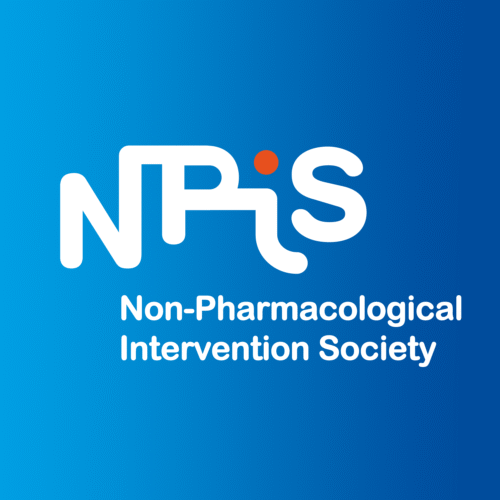ADAPTED PHYSICAL ACTIVITY TO REDUCE ANXIETY AND FATIGUE IN PROTECTED HEMATOLOGICAL UNITS – HEMAPA study
Johanne Bousmia, 2LPN – Université de Lorraine
Background: Adapted Physical Activity (APA) is a key Non-Pharmacological Intervention during and after cancer. Cancer treatments induce several side effects, especially in Protected Hematological Units (PHU), where high-dose, immunosuppressive treatments are administered, requiring isolation in a sterile room for an average duration of 3 weeks. PHU patients often experience important impairment in physical and psychological functioning [1,2]. Common side effects include anxiety, severe fatigue and functional decline [3], all exacerbated by PHU restrictions [4]. While APA is known to prevent functional decline and limit fatigue, its effects on anxiety are less clear [3]. Most existing programs last 12 weeks, involving stationary cycling and/or resistance training. Our program takes place exclusively during PHU stay (±21 days) and offers patients the opportunity to select from a variety of enjoyable physical activities. This study investigates the effects of a short APA program on anxiety, fatigue, functional capacity, and adherence.
Methods: Twenty-four patients were included, 18 completed the protocol (47.67 years±12.14) and participated in APA program delivered alongside standard care in PHU, consisting of 3 moderate-intensity sessions per week (30 to 60 min) completed by 2 assessment sessions evaluating parameters specified above.
Results: After the 1st and the last APA sessions, anxiety is significantly reduced (-11.7% and -10.9% respectively; p<.05). After intervention, aerobic capacity is significantly improved by 7.3% (2-min Walking Test, p=.04). No significant change appeared in muscular capacity (5-Times Stand to Sit Test) and fatigue (Multi-Fatigue Inventory_20-Items). Conclusions: Our results provide new insight into the potential effectiveness of APA in reducing anxiety during PHU stay. Short-duration and patient-centered approach, allowing individuals to choose the physical activities they wish to perform, characterized our program. The short duration of the program appears sufficient to prevent functional decline by preserving muscular capacity, improving aerobic capacity and, limiting the increase in fatigue as longer programs [1-3,5], while enhancing adherence and engagement by self-selected activities offered.


